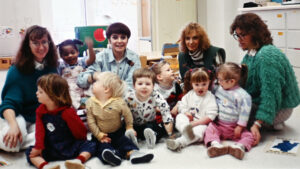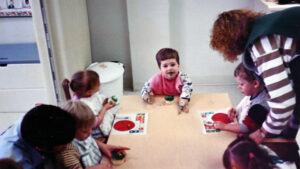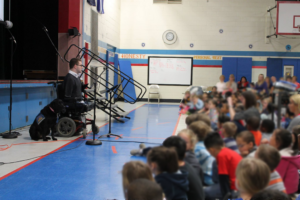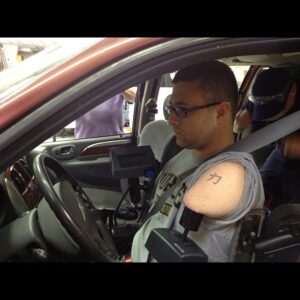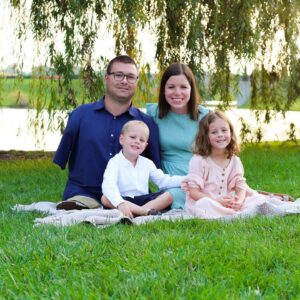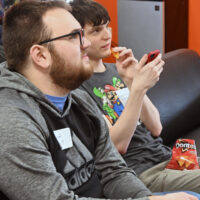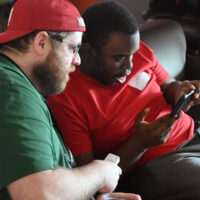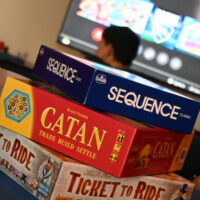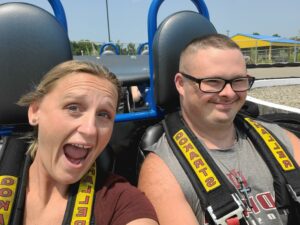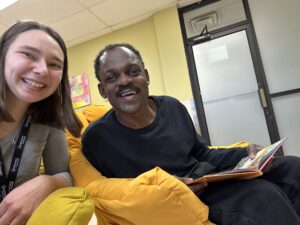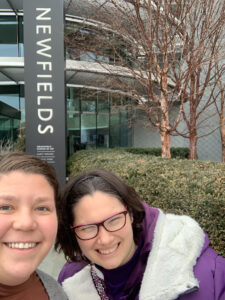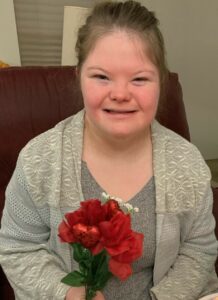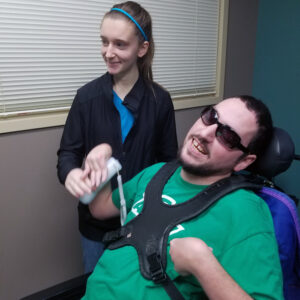How to Teach Your Kids to Acknowledge and Include People with Disabilities: Tips for Fostering Inclusion for Future Generations
Raising children to be inclusive, empathetic, and respectful of others is a crucial aspect of parenting. As we celebrate Disability Pride Month, it’s the perfect time to reflect on how we can teach our kids to acknowledge and include people with disabilities. Here are some tips to help foster inclusion for future generations of people with disabilities.
Educate Early and Often
Children are naturally curious, so it’s important to start conversations about disabilities early. Use age-appropriate language to explain that people have different abilities and that these differences are normal and should be respected. Books, TV shows, and movies featuring disabled characters can be excellent tools for sparking these conversations.
Tip: Choose books and media that portray disabled characters in a positive and realistic light, avoiding stereotypes.
Lead by Example
Children learn by observing the adults in their lives. Demonstrate inclusive behavior by treating people with disabilities with respect and kindness. Show your children how to offer assistance when needed without being patronizing or intrusive.
Tip: Practice inclusive language and avoid terms that can be hurtful or demeaning. Use person-first language (e.g., “a person with a disability” rather than “a disabled person”) to emphasize the individual, not the disability.
Encourage Friendships
Encourage your children to build friendships with peers who have disabilities. Inclusion in play and social activities helps children learn that everyone has unique strengths and abilities. Organize playdates or participate in community events where your child can interact with disabled children.
Tip: Teach your child to ask before offering help. This promotes independence and respects the autonomy of disabled individuals.
Promote Empathy
Help your children develop empathy by encouraging them to think about what it might be like to have a disability. Activities such as using a wheelchair for a day or simulating a visual impairment can provide valuable insights into the challenges faced by disabled individuals.
Tip: Discuss their experiences afterward and reinforce the importance of understanding and respecting different perspectives.
Advocate for Inclusion
Teach your children to be advocates for inclusion. Encourage them to speak up if they see someone being treated unfairly or excluded because of a disability. Empower them to be allies by promoting accessibility and inclusion in their schools and communities.
Tip: Get involved in community organizations, like Easterseals Crossroads, which work to support people with disabilities and their families. Participating in advocacy efforts can provide a powerful example for your children.
Celebrate Differences
Highlight the strengths and achievements of people with disabilities. Celebrate Disability Pride Month by learning about and honoring the contributions of people with disabilities in various fields. This helps to normalize disabilities and emphasizes that everyone has valuable skills and talents.
Tip: Share stories of disabled role models with your children. This can inspire them to see beyond disabilities and appreciate the diverse abilities of all people.
Be Patient and Open to Questions
Children will have questions, and it’s important to be patient and open when answering them. Teach your child to ask questions in a respectful manner. Explain that it’s important to consider the feelings of the person they’re curious about. For example, they can ask if it’s okay to ask a question before proceeding.
Tip: Use these moments to reinforce the values of empathy, respect, and inclusion.
Teaching your children to acknowledge and include people with disabilities is a vital step toward building a more inclusive society. By educating early, leading by example, promoting empathy, and creating inclusive environments, we can foster a generation that values and respects the diversity of all individuals. This Disability Pride Month, let’s commit to raising compassionate, inclusive children who will advocate for and celebrate the strengths of people with disabilities.


